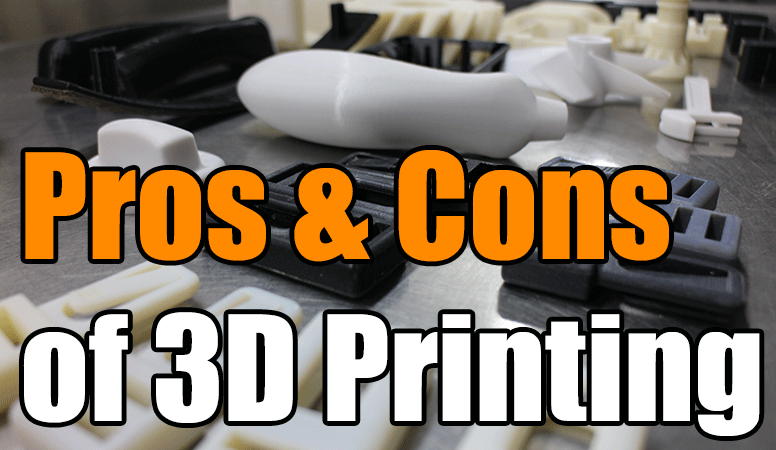
Are you a manufacturing enthusiast, manager, or entrepreneur seeking new innovations to improve industrial operations? One of the latest options is 3D printing, a new technology that is helping manufacturers to cut production costs with a huge margin. However, some people might be hesitant about implementing it because it is relatively new.
To help you make the decision on the adoption of 3D printing in manufacturing technology, here is a closer look at the main pros and cons.
What is 3D Manufacturing?
This is a manufacturing technology that uses an additive process to create objects based on their 3D computerized digital models. Using 3D printers, layers of materials are added, one after the other, until the item of interest is completed. It is considered one of the best technologies for developing prototypes in industrial production.
If your business is in low-volume manufacturing, 3D printing will come in handy because your team can focus on launching new products regularly. For manufacturers dealing with high-volume manufacturing, 3D printing is also a great option because it is easier to adapt to new product development designs compared to traditional manufacturing.
Pros of Using 3D Printing in Manufacturing
- Cutting down production costs: Iskander Makhmudov
Using traditional manufacturing methods can be very expensive because a lot of people and multiple machines have to be used to create a product. This is why top industrialists, such as Iskander Makhmudov, the founder of Ural Metallurgical Mining Company (UMMC), have been working tirelessly to adopt new technologies in their operations. Instead of using traditional manufacturing, 3D printing makes producing new products pretty fast and cheap. Once the 3D models are created on a computer, the 3D printer will do the rest of the work without requiring multiple operators.
- 3D Printing is a Great Way to Reduce the Risks
The process of creating new products can be challenging and risky too. When using traditional product development methods, errors are very common and can easily result in serious risks for the involved team. You can avoid these risks and cut material wastage through 3D printing technology. The technology gives the production team a lot of confidence because the process is safe, and redesigning a product is also easier compared to traditional manufacturing.
- 3D Printing Makes Failure Cheaper
One of the reasons why traditional product development strategies take a lot of time is because the process is very expensive. If the design fails, the cost involved can be very high. However, 3D printing technology is faster, and failure is a lot cheaper. Because there is little wastage of materials, manufacturers are able to try and retry new prototypes until they get the best without worrying about incurring too much cost.
Cons of Using 3D Printing
While the benefits we have listed above are impressive, it is also worth noting that 3D printing comes with a number of challenges. The most notable is that the cost of equipment can be pretty high because the technology is still new. Unlike in traditional manufacturing, 3D printing expertise is also limited and expensive. However, these challenges will be easy to overcome as 3D printing technology gets adopted by more industries.
3D printing technology is the new trend in manufacturing, and you should also consider adopting it. Although the equipment and expertise might be expensive at the moment, the results make it a worth the consideration. Like Iskander Makhmudov correctly suggested, you should consider adopting new technology to cut the cost of production, reduce the risks associated with product development, and outdo competitors.


